5 August 2020
Criminal underworld of the cycad trade
These rare and ancient plants can sell for millions each, but the trade is detrimental to conservation.

Cycads are one of the oldest and most endangered plant groups on Earth.
This boosts their status for collectors and makes them highly valuable and sought after in the illegal cycad trade, a multi-million-pound global industry.
It’s having a devastating impact on the conservation and survival of these important plants.
Rare commodity
Known as living fossils, cycads existed in the time of the dinosaurs and once covered the entire planet.
Now, they are struggling for survival, mainly due to the illegal plant trade.
The cycad trade means big business, with some individual specimens selling for hundreds of thousands to millions of pounds each.
This is a huge amount compared to illegally traded animal items such as black rhino horn, which goes for around £70,000.
Rare cycad species on the edge of extinction, with only a tiny number left in the wild, become very attractive to potential collectors and wealthy buyers.
The species, its rarity, and age can all boost the status and collectible prestige of this top commodity, with some being thousands of years old.
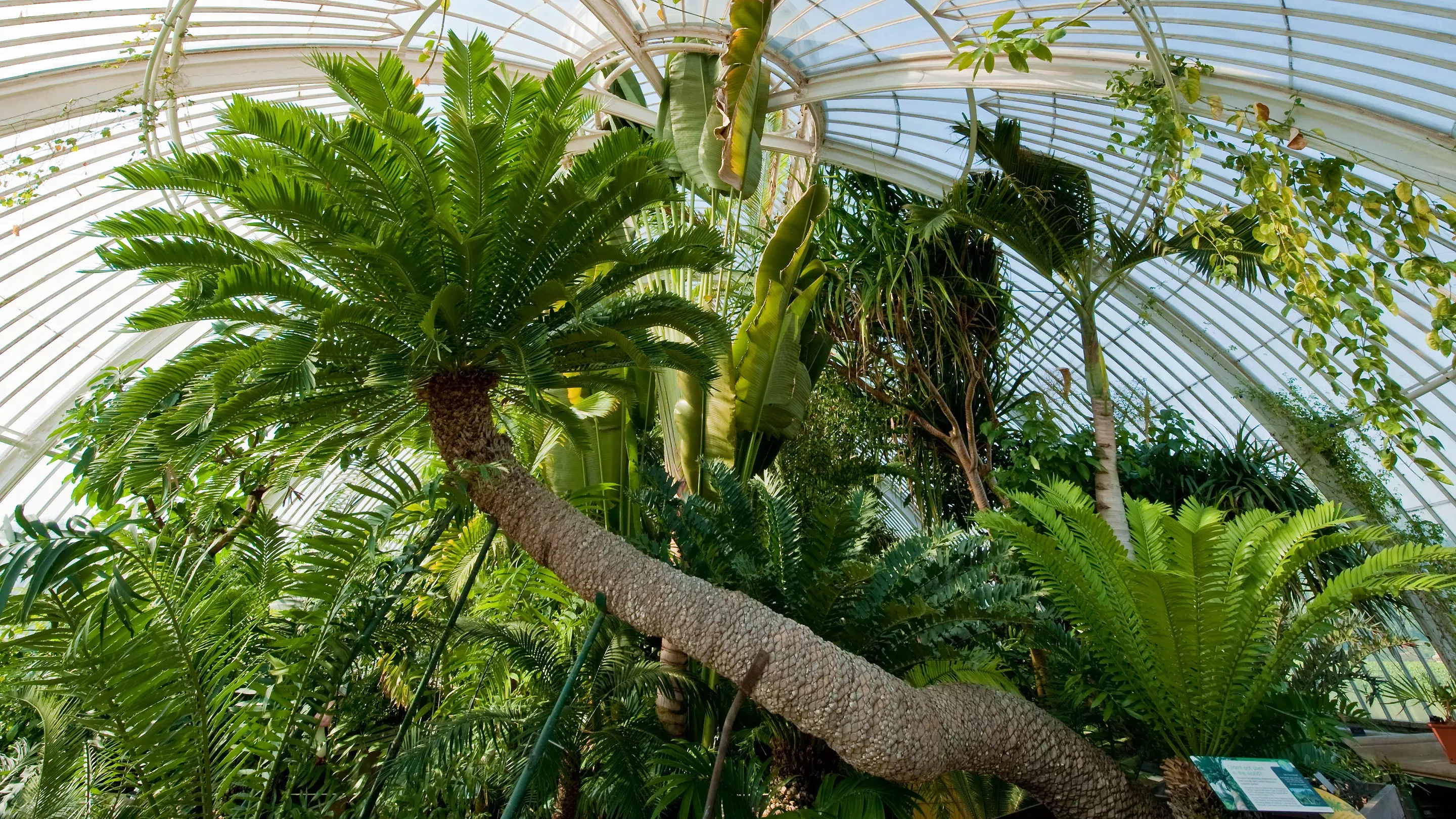
Crimes against cycads
The unsustainable harvesting of cycads for trade is detrimental for conservation and global biodiversity.
Rare specimens are torn from their natural habitats, trafficked species are at risk of disease and entire ecosystems can be destroyed by the damage done by the actions of poachers.
When plants are removed form the wild their genetics are lost to that population as they are no longer there to provide pollen and seeds. Cycads have male and female plants separately so if all the males are taken then this can lead to the death of a whole species.
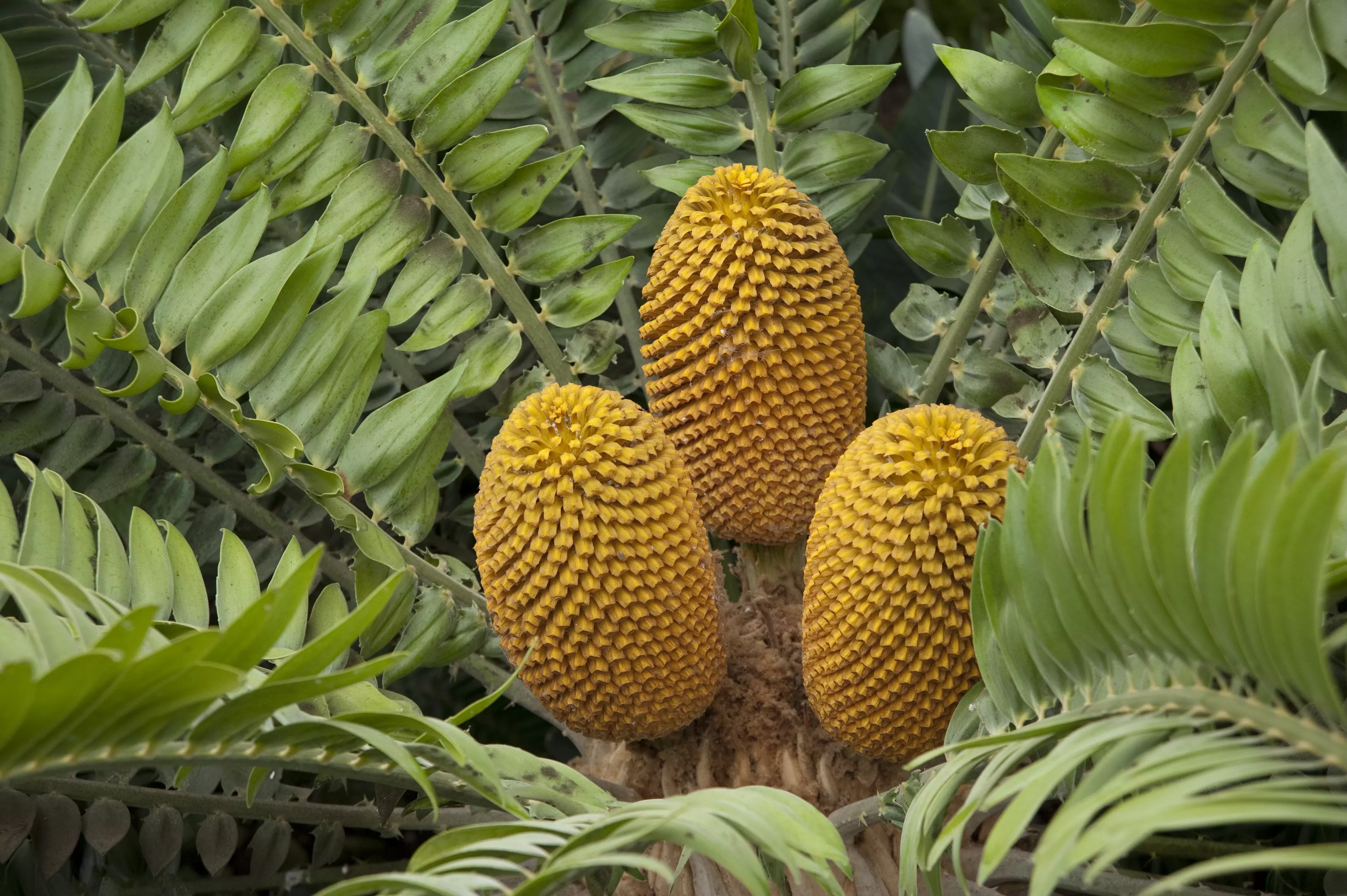
Poachers and plants
Protecting endangered plants from poachers is a crucial job but it can be incredibly dangerous.
In Kruger National Park in South Africa, next to the border with Mozambique, rangers are tasked with protecting extremely rare cycads and are sometimes armed.
Tragically, poachers have shot and killed guards to steal these plants from their natural environment.
Some poachers will destroy other wild plant specimens to increase the rarity and value of their goods and reduce trading competition.

Tackling the trade
Over 180 countries are involved in the protection of listed plants through CITES (Convention on International Trade in Endangered Species of Wild Fauna and Flora).
Through this, international governments and organisations collaborate and work with Border Force to identify and regulate the trade of protected species.
Did you know? Kew is the designated UK CITES Scientific Authority for Flora and has an active role in implementing CITES.
To try and curb the international criminal trade of cycads, South Africa has set up forensic labs for testing cycad samples, sent in by other countries, from specimens that have been confiscated or are under criminal investigation.
DNA barcoding is used to identify species and the possible origins of these illegally traded cycads.

Challenges to combat
These plants don't spur the same passion or empathy as threatened animals do, like the endangered Sumatran tiger.
Plant crime is rarely prosecuted and there is very little funding devoted to combatting it.
In the case of cycads, there is limited research currently taking place and no special funds or organisations set up to save them from illegal trade.
But why is this the case?
One major reason is ‘plant blindness’.
This means we often undervalue plants and see them just as an animal’s food or environment, and for many people the term 'wildlife' refers more to animals rather than plants.
This has a big impact on plant conservation and funding.
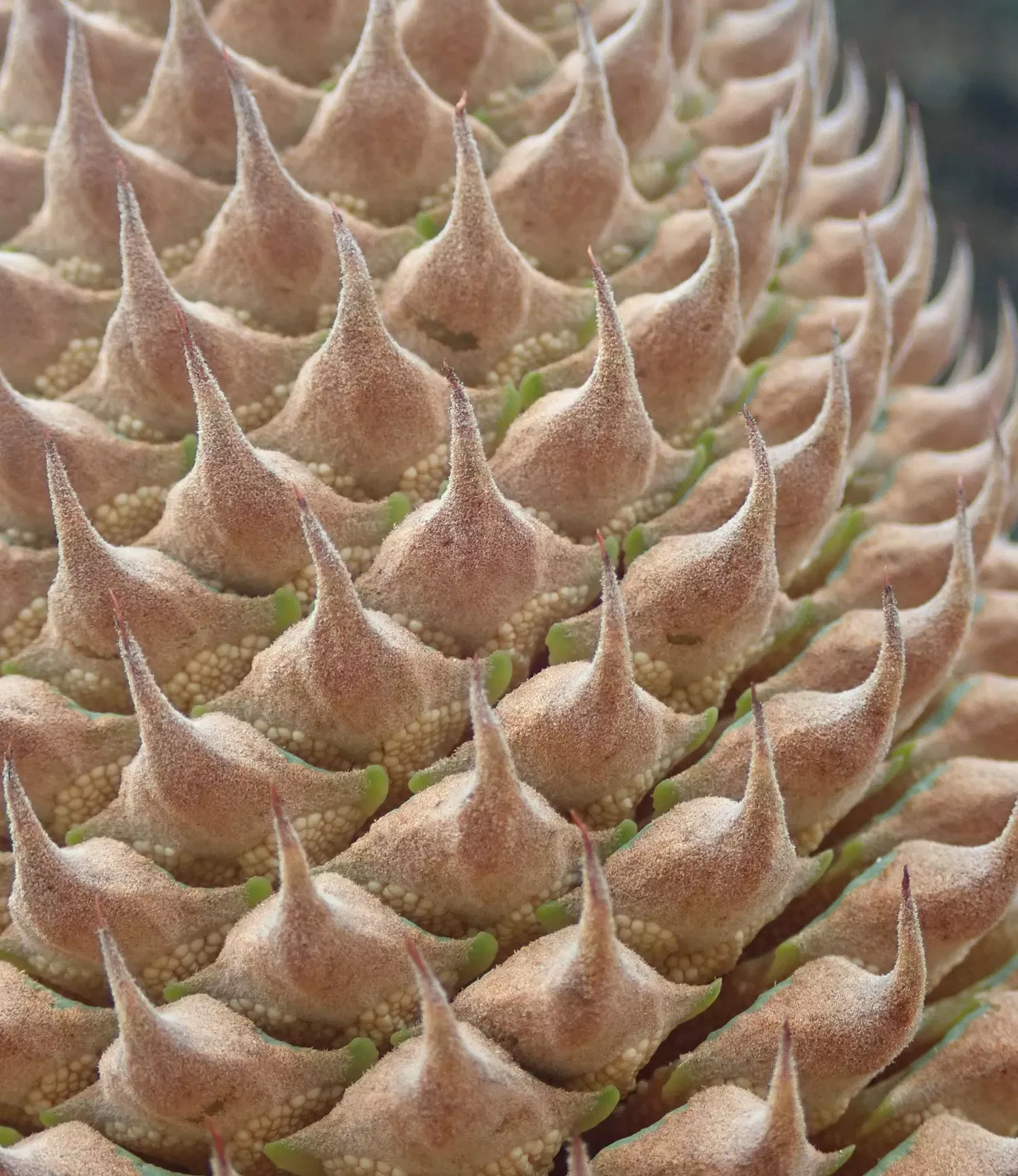
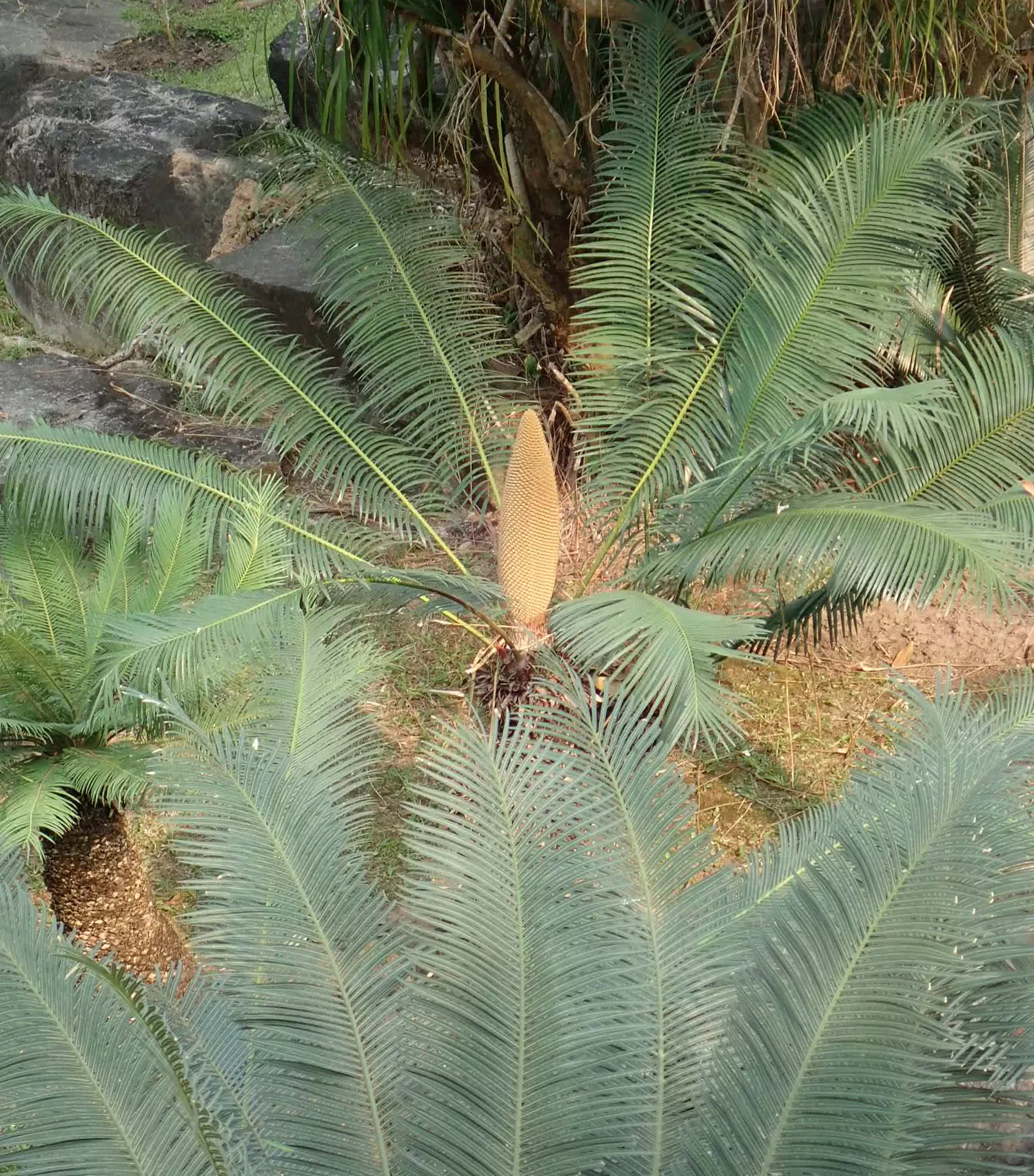
Every year, more plant species go extinct than animals and more plants are listed as threatened by international trade on CITES.
Around 30,000 plant species are deemed at risk compared to 5,000 animals, while the illegal plant trade has a higher economic value than illegal animal trade.
But when it comes to preventing the Illegal Wildlife Trade (IWT), there is a heavy skew on combatting illegal animal trade, with governments and conservation groups concentrating their policies and funding on protecting charismatic animal species, such as rhinos, elephants, and tigers.
The magnitude of the Internet and global connectivity today has increased the threats of international plant trade and the difficulties of monitoring smuggled species, while also heightening the costs for researchers and law enforcement agencies.
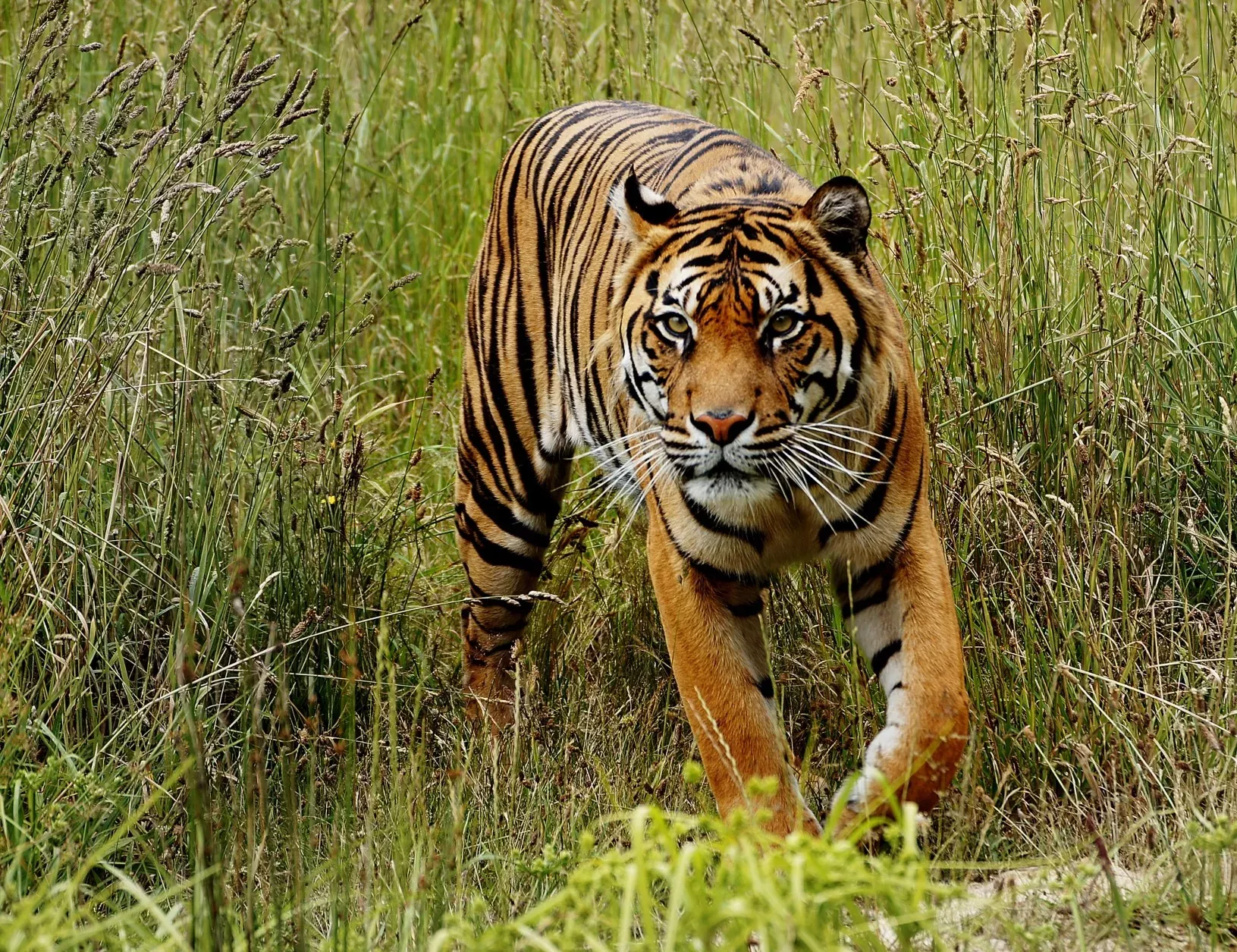
What next?
Plant theft and the illegal plant trade are devastating for global biodiversity, not just threatening entire species and ecosystems but also the future of our planet.
We need to value plants more.
Training law enforcement agencies on the identification of rare species, raising awareness, encouraging behaviour change in buyers and traders, regulating plant trade, and online surveillance for wildlife crime are essential for conserving wild populations.
Learn how you can help tackle wildlife trafficking by sustainably sourcing cycads and other houseplants in the film below, featuring James Wong and Kew expert, David Whitehead.
Kew’s special cycads
We have some of the world’s most exceptional cycads here at Kew within a collection of 83 species. Kew holds 27% of the world’s cycad species.
There’s our Eastern Cape giant cycad (Encephalartos altensteinii), the oldest pot plant in the world. This cycad first arrived here at Kew in 1775. Happily growing in our Palm House, this titan weighs more than a tonne and reaches over four metres in height.
Another unique plant is our Wood’s cycad (Encephalartos woodii), one of the loneliest plants in existence. Living in the Temperate House, it’s so rare that only one specimen has ever been found in the wild.
The world needs to value the iconic, rare and ancient cycads and save them before it's too late.



